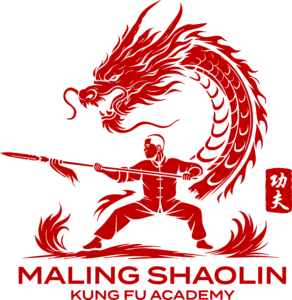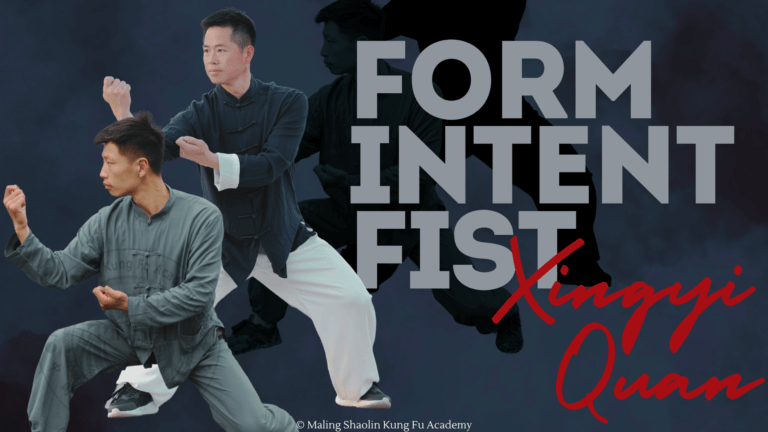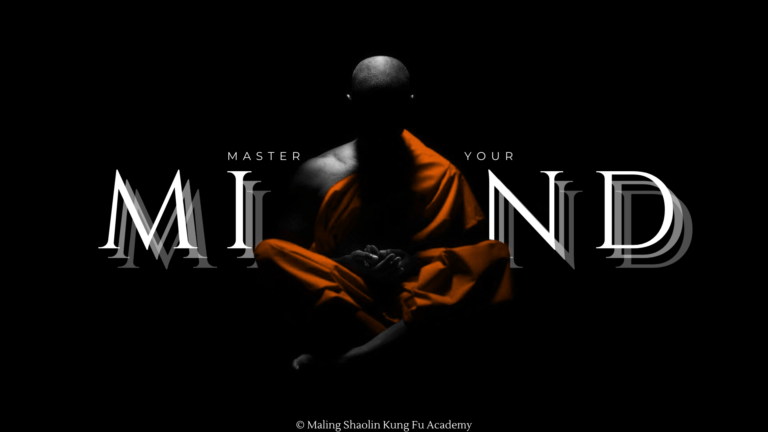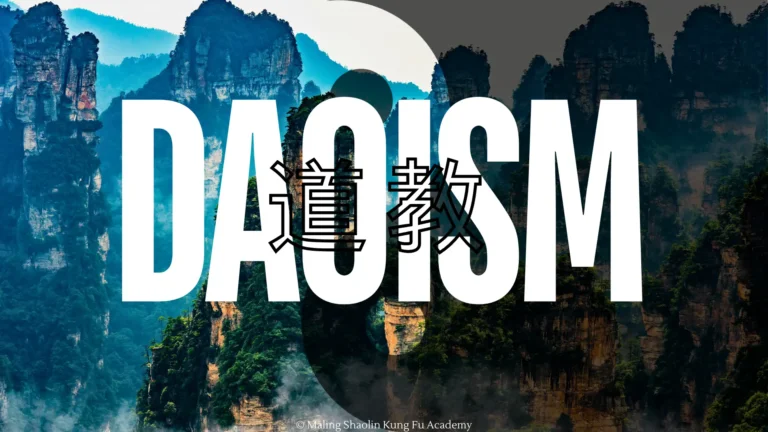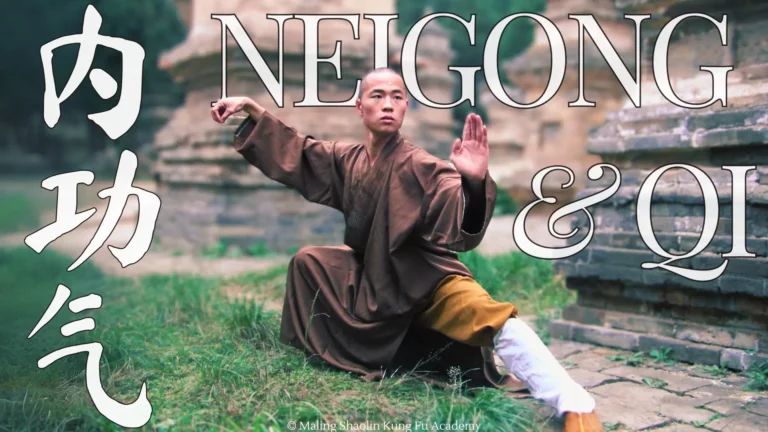China’s Literary Journey to the West: The Influence of Classical Chinese Literature on Global Society

Chinese classical literature is an intricate tapestry of stories, philosophies, and cultural traditions that have shaped not only the societal and cultural landscape of China but have also extended their influence globally. Among these, works that integrate martial arts, such…
